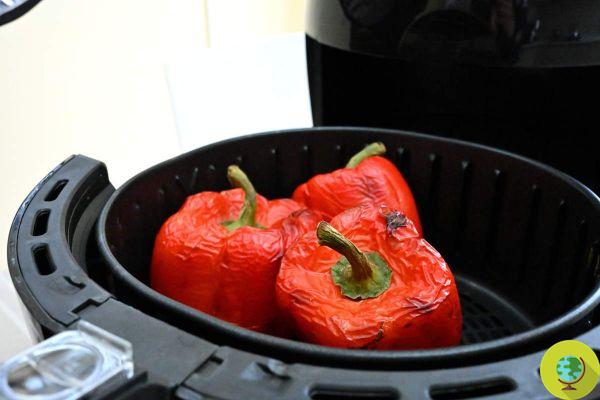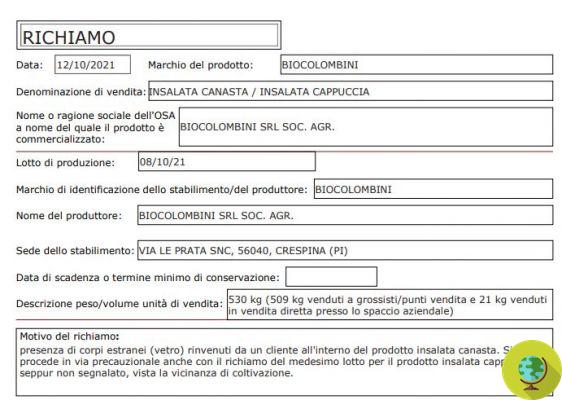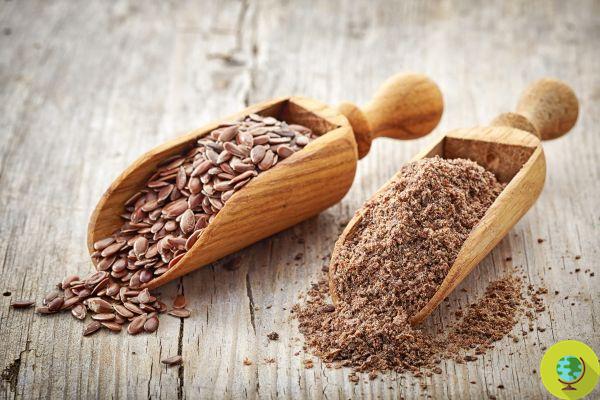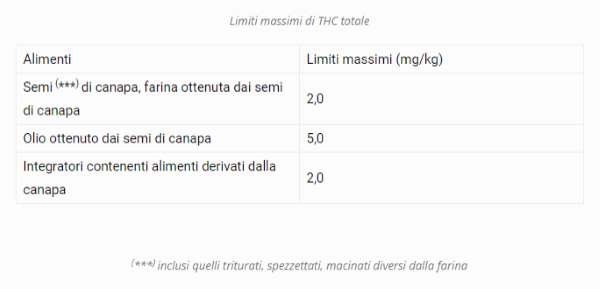
The Solanaceae are a very large group of vegetables, which include aubergines, white potatoes, peppers and tomatoes. If after eating them you have intestinal problems you may be intolerant. Let's see together how to understand it through the symptoms
Don't store avocado like this: it's dangerous
Solanaceae are a large family of very common vegetables, some of which are widely used in cooking, including aubergines, tomatoes, peppers, Goji berries and white potatoes, very tasty but not very tolerable for some. Solanaceae contain solanine, an alkaloid substance that if not assimilated and digested correctly can lead to symptoms such as bloating, abdominal swelling, nausea and diarrhea. (Also read: 10 foods that contain poisonous substances)
Usually these symptoms they occur a few hours after indigestion or may remain hidden for a couple of days. If these episodes occur every time you eat any of these foods, you may be intolerant of them. Let's see together how to understand it by observing the signals that our body sends us
Index
Intolerance to Solanaceae
Solanaceae intolerance, like many other food intolerances, can be really uncomfortable, strongly impacting the eating habits and lifestyle of the subjects involved. It can be difficult to promptly identify a sensitivity or a possible intolerance to solanaceae, since many of these foods are present in large quantities in our diet and it can take up to 3 days to feel the symptoms of an intolerance. The most common symptoms in these cases are:
- abdominal swelling
- meteorism
- nausea
- fatigue
- malaise
- Diarrhea
- joint pain or swelling
To understand well the extent of intolerance it is good to distinguish it from allergy to this group of plants, since even if they are often considered similar, in reality they are profoundly different conditions. The symptoms of allergy are mainly systemic, triggering an auto immune reaction in which the body, recognizing the allergen as an "enemy", tries to fight it, giving rise to various symptoms. While the symptoms of intolerance are, as we said previously, basically digestive, caused by an inability of the body to digest the substance.
How to check for intolerance to Solanaceae
There are two main methods to test for sensitivity to solanaceae, one is to follow an elimination diet, the other is to carry out appropriate medical tests.
As for the first method, the advice is to remove all solanaceae from the diet (including spices used in cooking such as chilli and curry) and observe the resulting symptoms. One type of solanacea is excluded first and then another one, proceeding in this way. If you do not experience intestinal disorders, fatigue or joint pain after removing these foods from your usual diet, you are probably sensitive or intolerant to these vegetables.
The second method, the more rigorous and scientific one, involves undergoing specific scientific tests, the most reliable is certainly the ELISA, whose final purpose is to check and detect the level of antibodies present in the body. This test is effective both to ascertain the presence of an intolerance and an allergy to this food group.
What to do in case of intolerance
There is no real cure in case of intolerance to Solanaceae. The simplest solution is to eliminate these foods from your diet, a renunciation and unfortunately necessary even if very heavy, since if the intolerance is not treated it risks worsening and generating, in the long run, serious damage to our digestive system. , seriously compromising the intestinal flora.
In fact, solanaceae contain i glycoalkaloids (including solanine), which contribute to the disturbance of the leaky intestine and favor the onset of inflammatory bowel disease. These substances, called anti-nutrients, are contained in solanaceae and are necessary for plants, which use them to protect themselves from insect attacks. In this case, a good option could be to include probiotics in your diet. These substances are bacteria that help the body in the synthesis of vitamins K and B and many other nutrients.
Follow your Telegram | Instagram | Facebook | TikTok | Youtube
Source: nonnapaperina.com
READ also:
- Green tomatoes - good, but carefully
- Eggplants: properties, benefits, calories, varieties and how to cook them


























